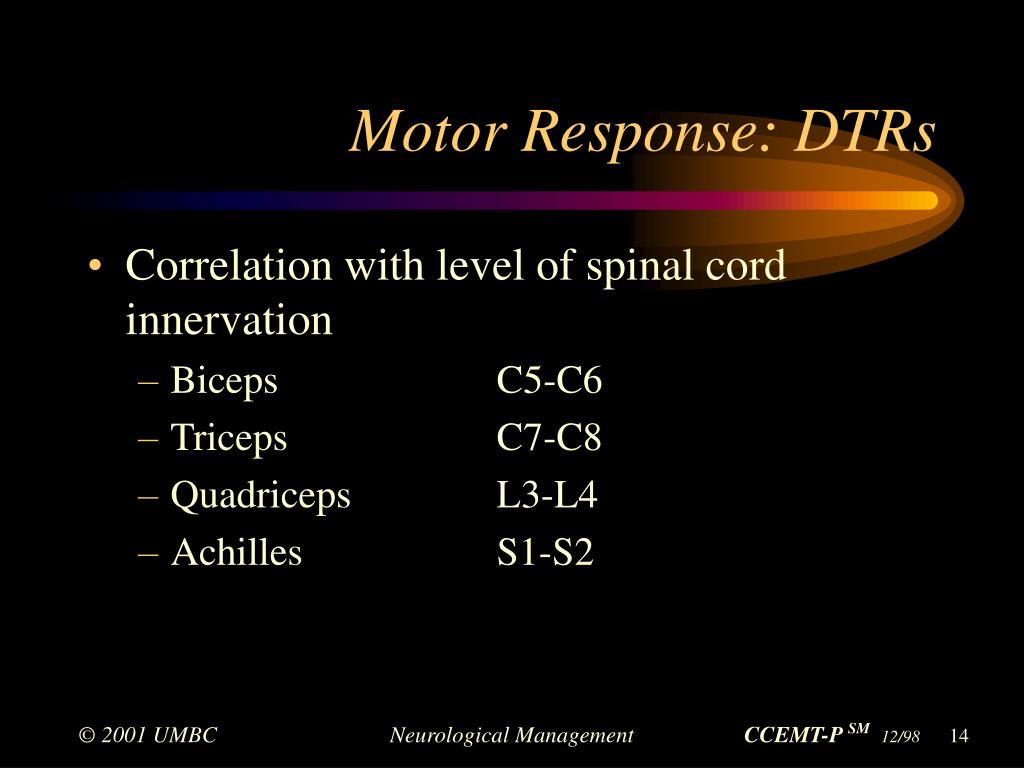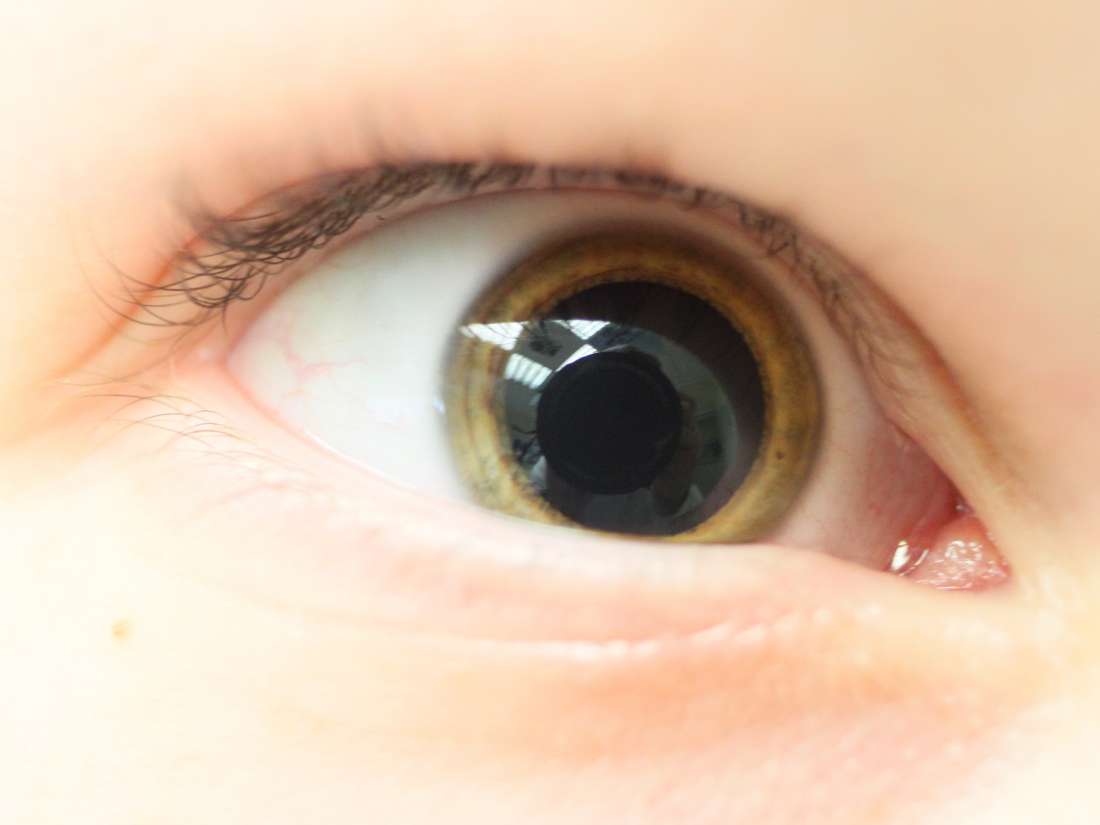

Other common causes include :Īlso, all pediatric patients with strabismus should be checked for uncorrected refractive error after administering cycloplegics. Intraorbital portion: Trauma, tumors, and Tolosa-Hunt syndrome are the main causes of intraorbital third-nerve palsy.Īll acquired third-nerve palsy cases should be investigated thoroughly to exclude any space-occupying lesion.

The common etiology is diabetes, pituitary apoplexy, aneurysm, or carotid-cavernous fistula.

Extradural hematoma results in tentorial pressure cone and herniation of the temporal lobe. This causes isolated and painful third-nerve palsy. The palsy results from either direct compression of the nerve by an aneurysm or due to subarachnoid hemorrhage in the vicinity of an aneurysm. Third-nerve palsy from a posterior communicating artery, posterior cerebral artery, or superior cerebellar artery aneurysm has been recorded. The primary causes of isolated palsy include aneurysms, diabetes mellitus,, and extradural hematoma. B asilar portion: In this region, isolated third-nerve palsy is very common.Fascicular lesions: The etiology is similar to the nuclear lesions.Nuclear lesions: Vascular diseases, demyelination, and tumors are the main cause of third-nerve palsy.Supranuclear lesions: Lesions at the level of the cerebral cortex or the supranuclear pathway cause conjugate paresis of both the eyes.The etiology and presentation of acquired third-nerve lesions at various levels are different : 3: The third cranial nerve supplies other extraocular musclesĭiabetes mellitus and hypertension cause ischemic changes in the nerve and are the most common systemic causes of acquired nerve palsy.SO4: Superior oblique muscle which is supplied by the fourth cranial nerve.LR6: Lateral rectus muscle which is supplied by the sixth cranial nerve.LR6(SO4)3 is a simple mnemonic representing the innervation of the extraocular muscles. Inner somatic fibers that supply the levator palpebrae superioris in the eyelid (which retracts the upper eyelid) and the 4 extraocular muscles (superior, middle, inferior recti, and inferior oblique).Outer parasympathetic fibers that supply the ciliary muscles and the sphincter pupillae.The third cranial nerve is also known as oculomotor nerve and has 2 major components: Explain strategies to optimize care coordination among interprofessional team members to improve outcomes for patients affected by cranial nerve III palsy.Summarize the treatment and management option for CN III palsy based on specific etiology.Describe the examination and evaluation procedure for a patient that presents with third cranial nerve palsy.Review the various etiologies that can manifest with CN III palsy.This activity reviews the etiology, presentation, evaluation, and management of CN III palsy and reviews the role of the interprofessional team in evaluating, diagnosing, and managing the condition. Third nerve palsy has a variety of etiologies and can be a harbinger of serious pathology. Inner somatic fibers that supply the levator palpebrae superioris in the eyelid (which retracts the upper eyelid) and the four extraocular muscles (superior, middle, inferior recti, and inferior oblique). The third cranial nerve is also known as oculomotor nerve and has two major components, the outer parasympathetic fibers that supply the ciliary muscles and the sphincter pupillae


 0 kommentar(er)
0 kommentar(er)
